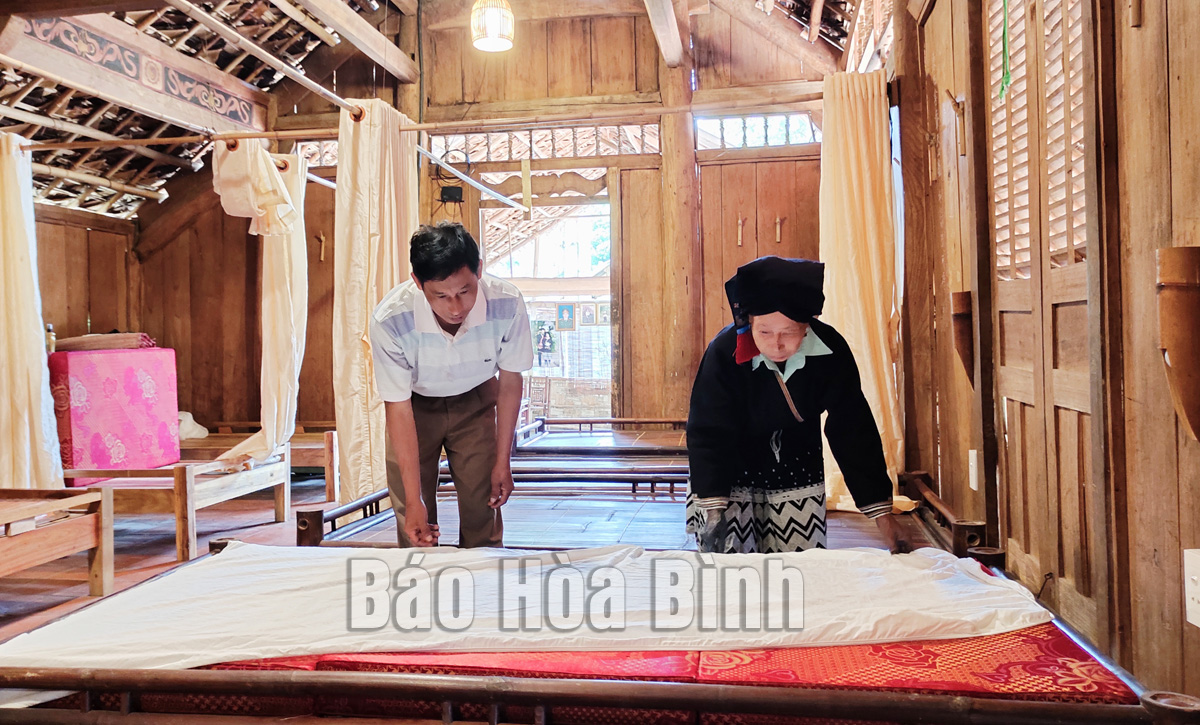



Although there are no guests, Dang Van Xuan, owner of Xuan Lan homestay in Sung hamlet, has actively prepared conditions to welcome tourists back when the pandemic is under control.
Tourism hamlet empty of visitors
Due to impacts of the COVID-19 pandemic, Sung hamlet has seen no visitors for a long time. With a lot of investment in infrastructure that has yet to make profits, the pandemic has made local households fall into difficulties.
Dang Van Xuan invested in building and repairing essential works to make a homestay with a total investment of more than 300 million VND. "In order to have the investment, along with a preferential loan worth 110 million VND, my family had to sell land and buffaloes and cows. In the first two years, the number of visitors to my homestay was quite stable, so my family had money to cover and repay the bank debt. However, in the past two years, due to impact of the COVID-19 pandemic, we have served no visitors,” Xuan shared.
Not letting tourism "die” because of the COVID-19 pandemic
That is the affirmation of homestay owners as well as residents in Sung hamlet, even though they are going through a really difficult time because of the impact of the pandemic. Head of Sung hamlet Ly Van Nghia said: "This is a common difficulty caused by the pandemic, so we have disseminated local households to actively repair facilities and diversify tourism products to be able to welcome visitors back when the pandemic is under control.”
In fact, there are many households in Sung hamlet that have been repaired their houses and toilets to better serve tourists in the future. Dang Van Xuan, owner of Xuan Lan homestay shared, the people of Sung hamlet are looking forward to building a mobile broadcasting tower, because at present, there is no mobile phone signal in most of the hamlet, so people face many difficulties in connecting with tourists, as well as promoting tourism products.
Talking about the difficulties facing Sung hamlet, Ban Van Xuan, Vice Chairman of Cao Son commune People’s Committee said: Currently, many members of tourism service groups in Sung hamlet have to go far away to work. Over the past time, local authorities have encouraged households to maintain order and services, and quickly restore service groups to be ready to welcome domestic and foreign tourists when the pandemic is under control./.